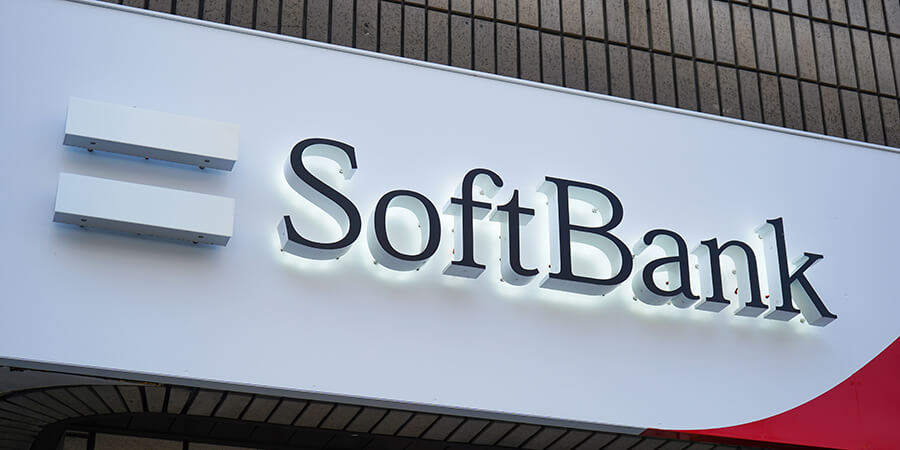SoftBank Corp. has officially begun field trials for its 5G Multi-Access Edge Computing (MEC), using the Segment Routing IPv6 Mobile User Plane (SRv6 MUP) technology.
This technology makes the most of the capabilities that are exclusive to 5G technology, enabling the cost-effective and simple implementation of MEC and network slicing.
MEC Enables Low-Latency Applications
MEC has the capability to considerably reduce communication latency by deploying application servers in closer proximity to mobile devices. This process makes it possible to develop mobile network apps that are both high-speed and low-latency. On the other hand, traditional MEC deployment may contribute to the complexity of the design. This can be addressed through the implementation of SRv6 MUP technology, which ensures a solution that is less complicated, more cost-effective, and easier to configure.
MEC Integration into 5G Networks
During the trial, 5G MEC is incorporated into SRv6 MUP on a commercial 5G network. This eliminates the requirement for mobile-specific switches, which, in comparison to traditional mobile networks, offers a number of benefits, including the simplification of the configuration and operation of high-speed, low-latency mobile network applications.
Moreover, Elixir will play a crucial role in the verification experiment segment of the upcoming field trial. The upcoming experiment will utilize a sophisticated distributed execution platform, created by a consortium as part of the research and development project titled 'Resource Permeating Wide-Area Distributed Computing Environment toward the B5G Era Realized by a Functional Programming Paradigm.' This platform enables the seamless execution of applications in optimal locations, irrespective of the complexity of the execution environments, including cloud, mobile devices, and Multi-Access Edge Computing (MEC), ensuring uninterrupted functionality. Download and install gbet app and get access to hundreds of modern games on you smartphone. Android and iOS are supported.
SoftBank envisions a future in which computationally intensive tasks, such as AR, VR, and AI, can be offloaded and handled on MEC servers. This technology aims to improve the overall user experience by eliminating latency-related stress and establishing a comfortable environment for a range of apps. Application developers will benefit from the low-latency and high-quality MEC communication environment provided by SRv6 MUP, and the company is committed to supporting efforts to achieve this goal.





